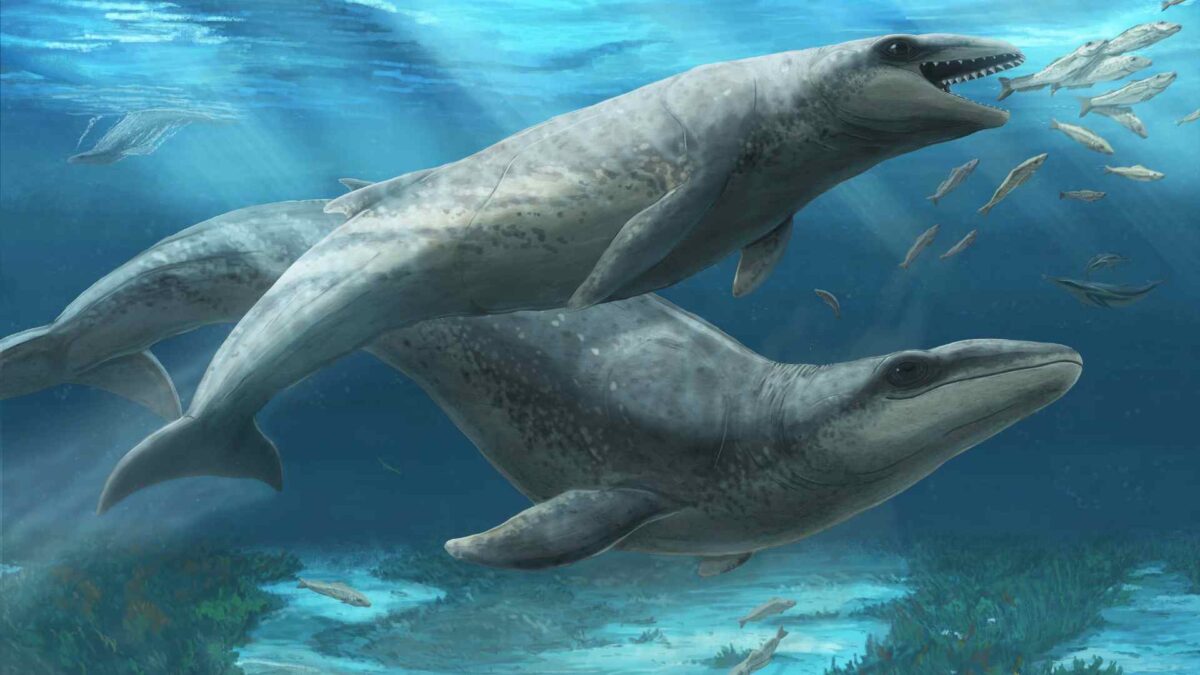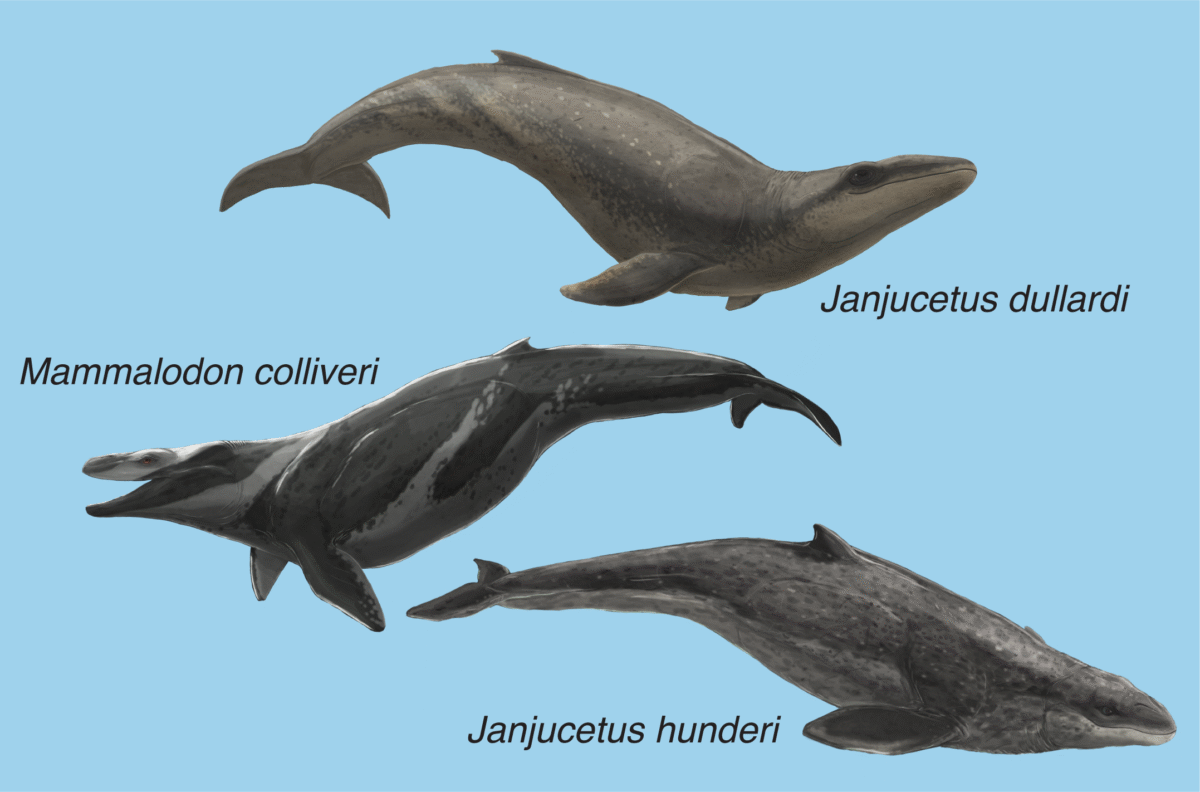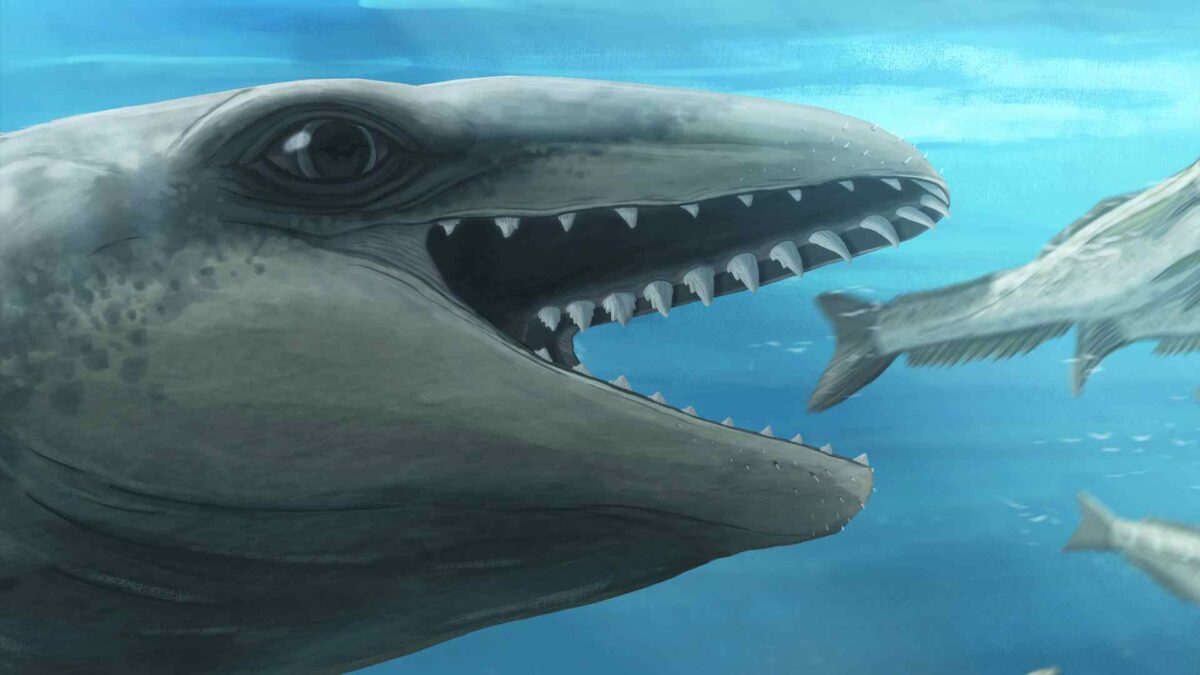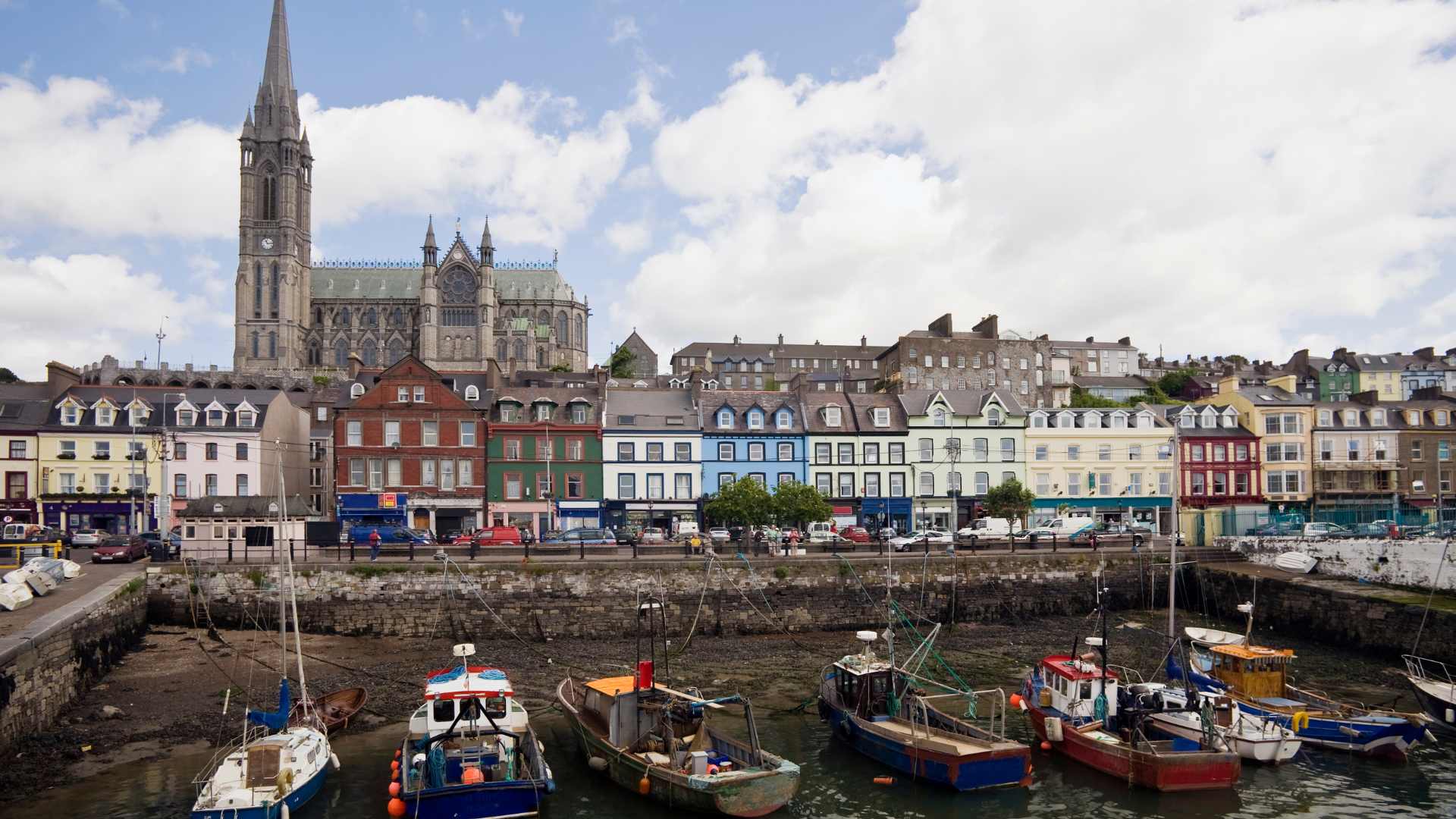
Ancient ‘shark whale’ found off Victoria’s Surf Coast

With large eyes, razor-sharp teeth and a compact body built for hunting, Janjucetus dullardi was nothing like the gentle giants we know today. Yet this newly described species is one of their earliest cousins.
Scientists at Museums Victoria’s Research Institute have identified the ancient whale from a 26-million-year-old fossil found near Jan Juc, on Wadawurrung Country along Victoria’s Surf Coast. The discovery offers rare insight into the early evolution of baleen whales, the filter-feeding giants now cruising the world’s oceans.
Unlike its modern relatives, Janjucetus dullardi was no ocean giant. About the size of a dolphin, it was a fast, sharp-toothed predator with a short snout, large forward-facing eyes and slicing teeth, thriving in the warm, shallow seas of ancient Victoria.
The partial skull, complete with ear bones and teeth, was discovered in June 2019 by local resident Ross Dullard while walking along the beach. Recognising its scientific significance, Dullard donated the fossil to Museums Victoria. The species is named in his honour.
“This kind of public discovery and its reporting to the museum is vital,” said Dr Erich Fitzgerald, senior curator of vertebrate palaeontology at Museums Victoria Research Institute and senior author of the study. “Ross’ discovery has unlocked an entire chapter of whale evolution we have never seen before.”

Published in the Zoological Journal of the Linnean Society, the research identifies the specimen as a juvenile just over two metres long. It belonged to the mammalodontids, a group of early whales that lived only during the Oligocene Epoch between 30 and 23 million years ago.
“It is essentially a little whale with big eyes and a mouth full of sharp, slicing teeth,” said lead author Ruairidh Duncan, a PhD student at Museums Victoria Research Institute and Monash University. “Imagine the shark-like version of a baleen whale – small and deceptively cute, but definitely not harmless.”
This is the third known mammalodontid species from Victoria, and only the fourth found worldwide. It is also the first to preserve both teeth and inner ear structures in such detail. MicroCT scans revealed delicate structures in the ear bones, including the cochlea, offering clues about how the animal hunted and navigated in the ocean.
Recovered from the fossil-rich Jan Juc Formation, the specimen dates to a time of global warmth and rising seas. Southeast Australia is increasingly recognised as a hotspot for early whale evolution, offering clues to how marine life adapted to ancient climate change.
“The region was once a cradle for some of the most unusual whales in history, and we are only just beginning to uncover their stories,” Fitzgerald said.
Lynley Crosswell, CEO and director of Museums Victoria, said the find highlighted “the power of our collections to unlock stories that change the way we understand life on Earth”.









